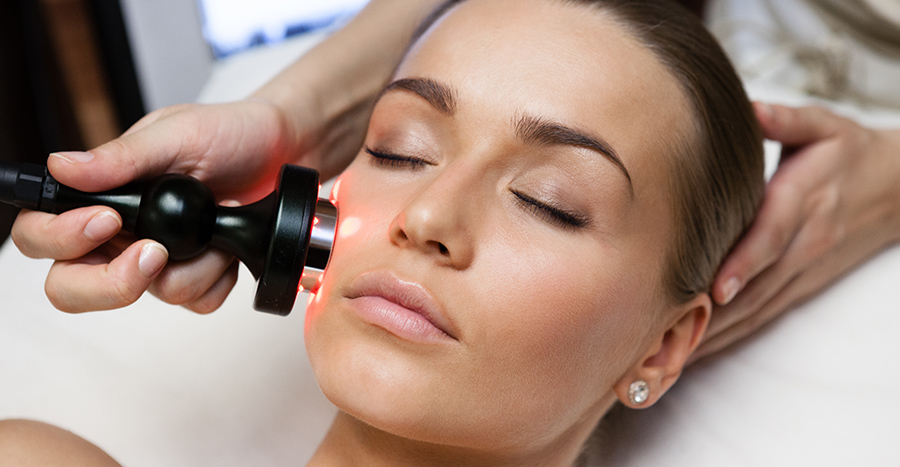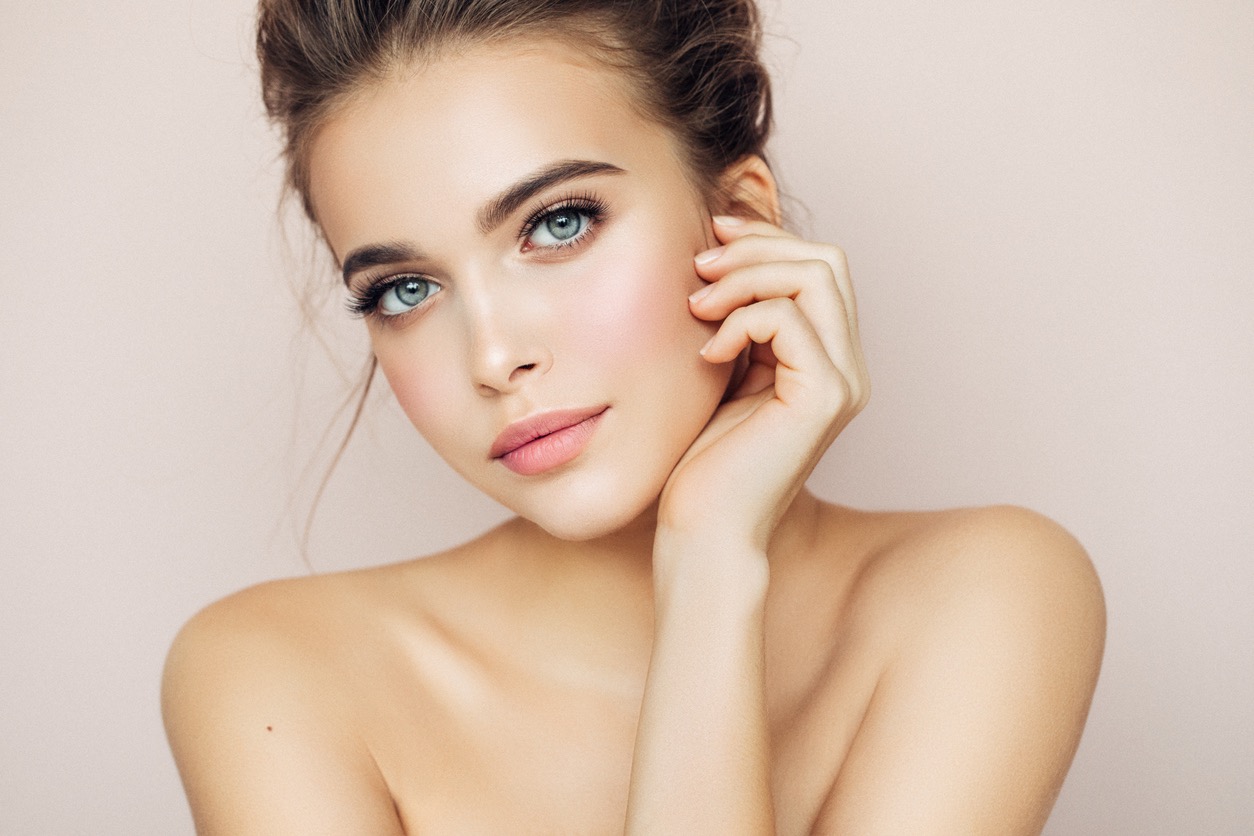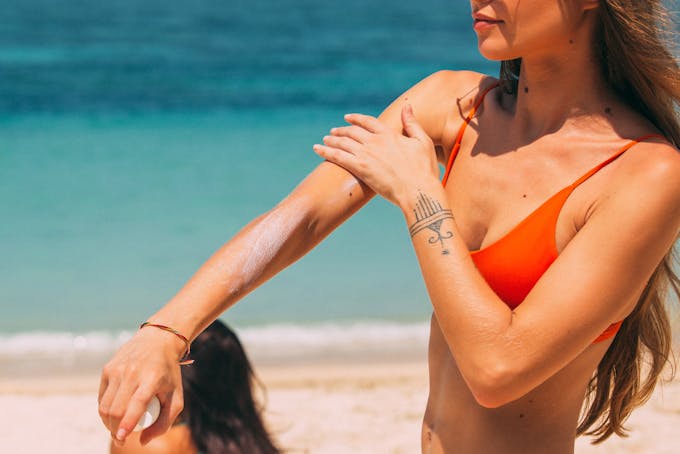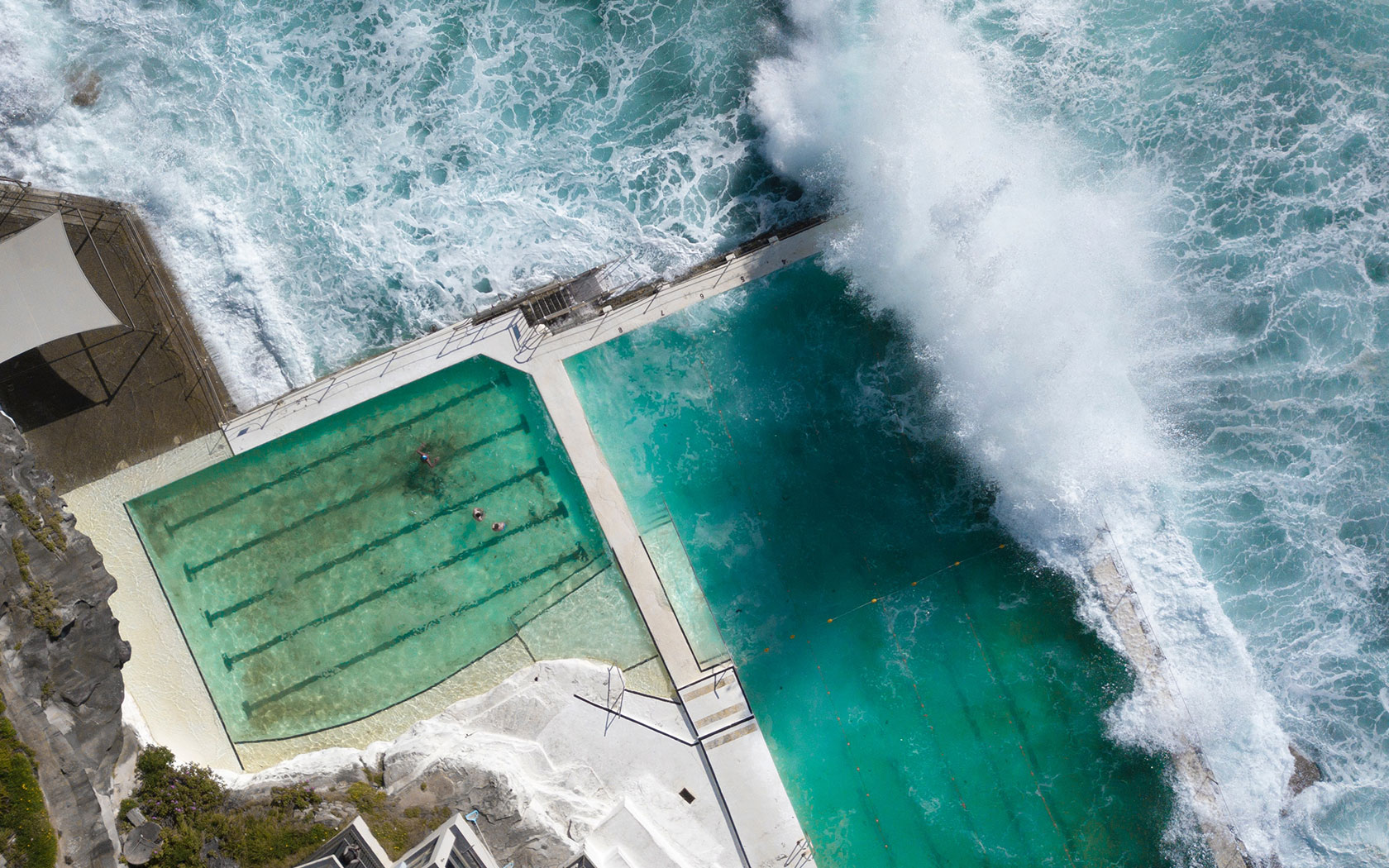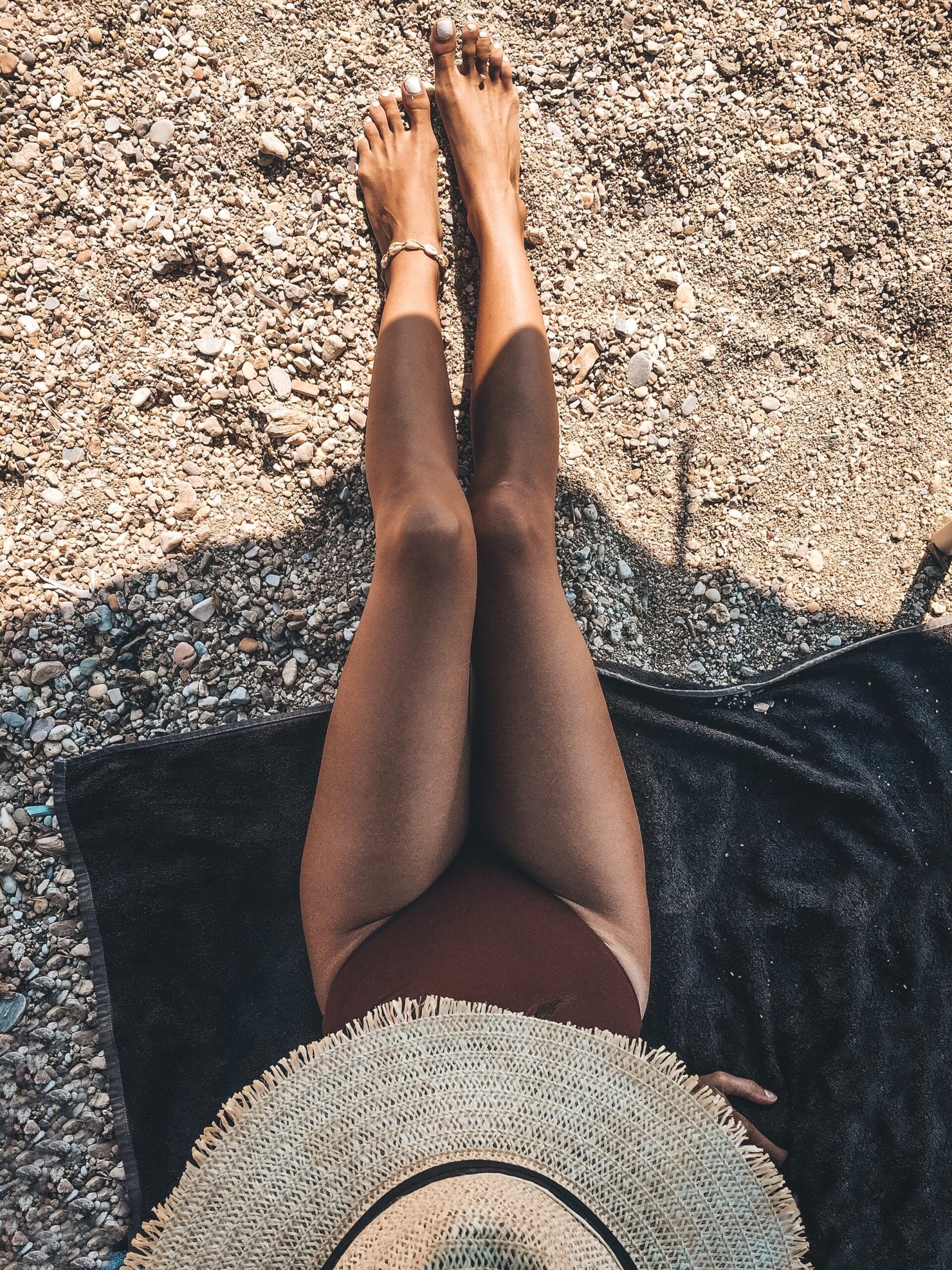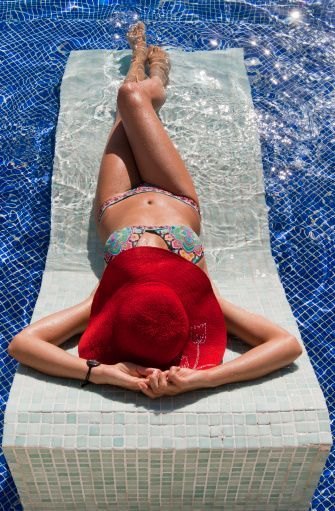It is important to understand what SPF really means, the ingredients that go into sunscreens, and how to best protect yourself from the harsh Australian sun.
In June 2025, Australian consumer advocacy group CHOICE revealed that out of 20 popular sunscreens, 16 failed to meet their reported and claimed SPF levels.
These results came from testing conducted by CHOICE of different sunscreens available on the Australian market at different price points from $6.95 to $45.95.
The tests were carried out on 10 adult volunteers who each used the 20 sunscreens. Firstly, unprotected skin was tested to see how much UV exposure caused redness to appear.
Then, the tested sunscreens were applied to the skin. A calibrated ‘solar simulator’, which imitates the spectrums of sunlight, was applied incrementally to both the unprotected and protected skin. Comparisons were then drawn between non-sunscreen use and sunscreen use.
A sunscreen with a previously confirmed SPF was also used as a control in the test. The test results were then compared to the claimed SPF of the product.
The test results have led to CHOICE calling on the TGA and ACCC to investigate sunscreen brands across the country to ensure their SPF levels are what they claim them to be too.
So, what actually is SPF?
From a very young age, Australians have been ingrained with the importance of slopping on some sunscreen, particularly one with a high SPF. A sunscreen with SPF 30 was the ultimate protection until the first SPF 50+ sunscreen was sold in Australia in 2012.
Since then, we automatically searched for a high SPF when buying sunscreen — the higher the better.
But what does that number on a bottle of sunscreen actually mean?
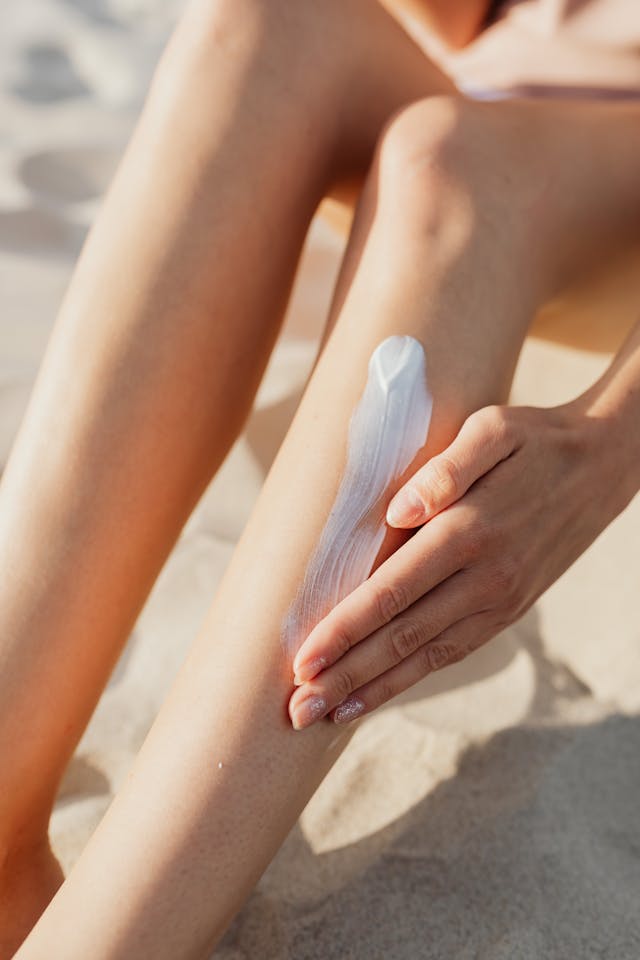
SPF, which stands for Sun Protection Factor, is a numerical measure of how well the sunscreen protects the skin from UVB rays. Similar to CHOICE’s tests of the 20 sunscreens that used volunteers’ skin to compare its reaction to UV exposure before and after sunscreen, the SPF of sunscreens are determined by how long it takes for skin to burn with and without sunscreen.
A sunscreen of SPF 50 will protect the skin from burning for 50 times longer than without sunscreen. This means if it takes five minutes for your skin to burn without sunscreen, it will take 250 minutes with sunscreen. Likewise, a sunscreen of SPF 30 will protect your skin from burning for 150 minutes as opposed to 5 minutes without sunscreen.
As with most things in life, sunscreen is never a 100% guaranteed effective solution. It does not protect skin from all UV exposure. Given the above measurement of how long sunscreens can supposedly protect skin, SPF 50 and 30 sunscreens block 98% and 96.7% of UV rays respectively.
Sunscreens are still an essential form of sun protection
Despite the shock findings of failed SPF claims by CHOICE, it does not mean that they offer no protection at all. The tested sunscreens still offer a degree of sun protection, albeit less than they claim.
Even a low SPF still offers protection. Sunscreens should still remain a part of your daily sun protection regime because some sun protection is undoubtedly better than none at all.
What ingredients do sunscreens contain?
One way to understand how sunscreens work is by briefly skimming through the SPF levels of different products. However, it is also worth understanding the types of sunscreens and the common ingredients.
There are two categories of sunscreen: mineral and chemical.
Mineral sunscreens
- Ingredients include zinc oxide and titanium dioxide.
- Mineral sunscreens sit on the skin and act as a physical barrier between your skin and UV rays by reflecting the UV rays away from your skin.
- They are a great option for those with sensitive skin because they merely sit on the skin.
- They protect your skin from the sun immediately upon application.
Chemical sunscreens
- Ingredients include avobenzone, benzophenone, oxybenzone, octinoxate, benzotriazoles, cinnamates, and PABA amongst others.
- Chemical sunscreens are absorbed into the skin. They protect your skin from the sun by absorbing UV rays, turning them into heat, and releasing the heat from the skin.
- They can be irritating for those with skin issues including rosacea, sensitive skin, hyperpigmentation and acne. Because they are absorbed into the skin, they can also clog pores.
- They take between 15-30 minutes after application to come into effect (but usually between 20-30 minutes).
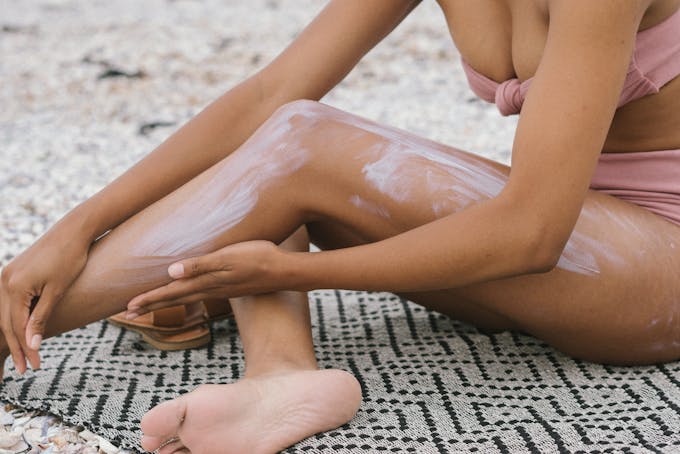
Of the ingredients used across the two categories of sunscreen, those used in chemical sunscreens have sparked some debate or concern. In particular, octinoxate, PABA, and even avobenzone and oxybenzone have been discussed as being potentially harmful to its users.
They have been said to cause allergic skin reactions, skin irritation, and act as a hormonal disruptor. The concerns even go as far as to include cancer as a possible risk.
However, such debate and concerns are not absolute. Mineral sunscreens are preferred over chemical sunscreens amongst users. Zinc oxide and titanium dioxide are widely agreed as the safest sunscreen ingredients.
Other factors to consider when buying sunscreen
Experts and health authorities widely agree that SPF 30 should be the minimum protection you look for in sunscreen. However, SPF 50+ is highly preferred. But apart from SPF, there are other important factors when considering which sunscreen to buy:
- Look for one with broad spectrum protection (UVA and UVB).
- Ensure it is water resistant, especially if you will sweat or be in contact with water.
- Choose one that is appropriate for your skin conditions and needs (for example, a mineral, fragrance free sunscreen is better for sensitive skin).
- Consider where you will be applying the sunscreen. Sunscreens made specifically for the face are more gentle on the sensitive areas on your face.
Other ways to protect yourself from the sun
It is important to take a more holistic and comprehensive approach to protecting your skin from harmful UV rays. The 5S’s of sun protection should not be forgotten before we step out under the sun.
Slipping on clothes with more coverage is one of the most simple and easily adaptable means of sun protection.
Covering up doesn’t mean missing out on enjoying the inviting warmth of the sun or sacrificing comfort for safety. Opt for breathable fabrics such as linen, cotton, rayon and loose-fitting clothes. The more tightly-woven the fabric is, the less your skin will absorb UV rays. Some clothes have UPF (ultraviolet protection factor) ratings. They are determined by how much skin the clothing covers, and how much UV it blocks. UPF ratings for clothes are four-tier: UPF 15, 30, 50 and 50+.
Additionally, changing your swimwear to something with more coverage, yet still reflecting your fashion style, can be a great way to limit your UV exposure.
Slopping on sunscreen, as established, should not be solely relied on as a guaranteed means of sun protection. Applying sunscreen is highly beneficial but also carries risks. However, it should remain a key part of your daily sun protection regime, in addition to the other four steps.
Slapping on a hat is an essential part of enjoying time under the sun while staying protected from its rays. Look for wide-brimmed hats that cover your face, neck, ears and shoulders. Alternatively, use umbrellas or parasols with designs that express your style and add to your overall look.
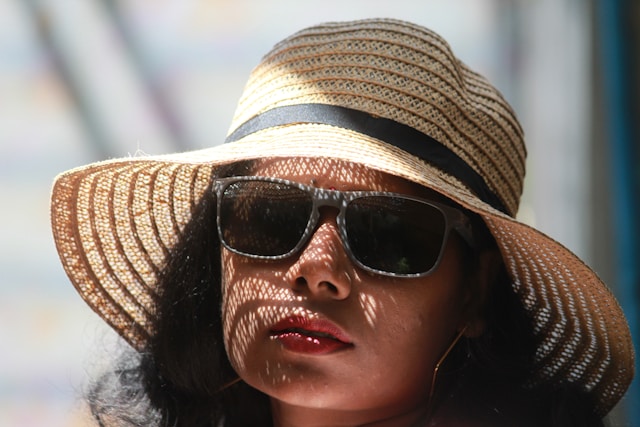
Seeking shade is another effective way of sun protection. Changing up your daily outdoor routine or monitoring UV levels throughout the day can go a long way to protect yourself.
Sliding on a pair of sunnies not only accessorises your outfit but is one of the ultimate defences against the harmful Australian sunrays. Look out for UV protection specifically.



